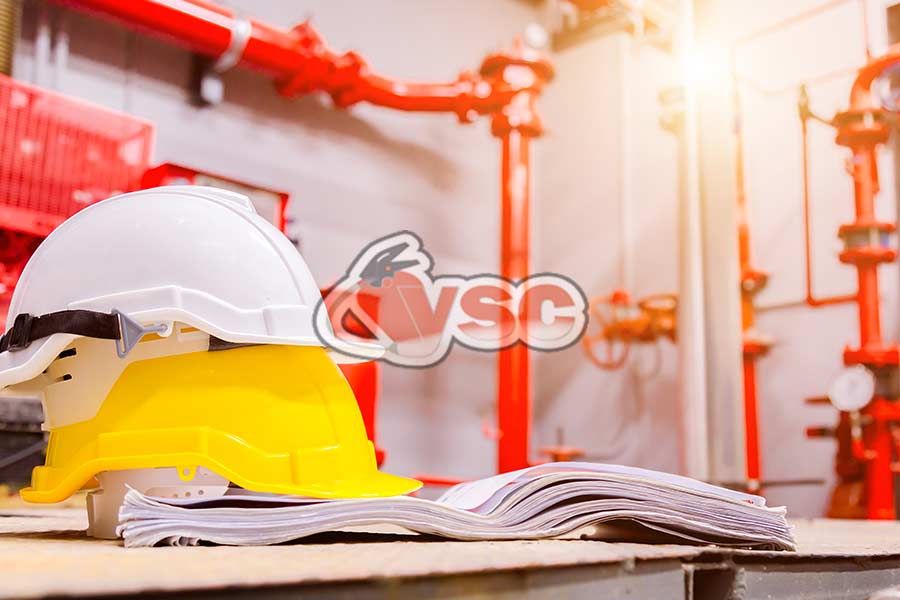Protective and Stimulating Materials
Fire protection and warning materials are specifically designed to resist the spread of fire and limit its destructive potential. Fire-resistant coatings, fire-retardant fabrics and fireproof barriers are examples of these materials. These coatings and fabrics are applied to a variety of surfaces, including walls, ceilings, and furniture, to slow the progress of flames and restrict the fire's ability to consume flammable materials. Fire-resistant barriers are used to divide spaces into sections, prevent fire from spreading to other areas and give building occupants more time to evacuate safely.
Another important aspect of fire safety is early fire detection. Fire detection materials such as smoke detectors and heat sensors play a critical role in detecting fires in their early stages.
Smoke detectors are designed to detect the presence of smoke particles in the air and trigger an alarm to alert building occupants and authorities. Heat sensors, on the other hand, detect abnormal increases in temperature, indicating potential fire hazards.
These early warning systems provide invaluable time for building occupants to evacuate and fire crews to respond immediately.

In recent years, technological advances have led to the development of even more complex fire detection materials. For example, video-based fire detection systems use cameras and image processing algorithms to visually identify smoke and flames. Additionally, wireless interconnected fire alarm systems provide real-time communication between multiple detectors, increasing fire detection coverage and reliability in larger buildings and complexes.
The effectiveness of fire protection and detection materials lies not only in their advanced properties, but also in their correct installation and regular maintenance. Regular inspections and testing ensure that these materials are in optimum working condition and can function as intended in emergency situations.
Fire protection and warning materials are effective in protecting lives, property and the environment from the destructive effects of fires. Investing in these advanced technologies and materials is a proactive approach to fire safety that significantly reduces the risks associated with fires and increases the overall resilience of buildings and communities. Thanks to ongoing research and innovation, these materials will continue to improve, leading to even more robust and reliable fire safety measures in the future.



